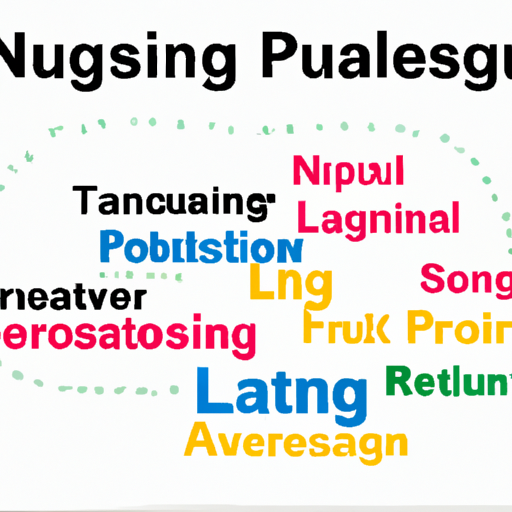Natural Language Processing (NLP) has emerged as one of the most exciting fields in artificial intelligence, enabling machines to understand and respond to human language in a way that is increasingly sophisticated. As businesses and researchers continue to push the boundaries of what NLP can achieve, several key trends and innovations are shaping the future of this dynamic discipline.
1. The Rise of Transformer Models
Transformer models, epitomized by architectures such as BERT and GPT-3, have transformed the landscape of NLP. These models excel at grasping the context and intricacies of language, leading to unprecedented improvements in tasks such as translation, sentiment analysis, and content generation.
2. Enhanced Conversational AI
With the advancement of NLP technologies, conversational AI systems are becoming increasingly human-like in their interactions. Chatbots powered by sophisticated NLP techniques are being deployed across industries, providing customers with instant support and personalized experiences.
3. Multilingual and Cross-lingual Capabilities
As globalization continues to expand, so does the demand for NLP solutions that cater to multiple languages. Emerging NLP models are being designed to handle multilingual and cross-lingual tasks more effectively, enabling businesses to communicate with a broader audience.
4. Improved Sentiment Analysis
Sentiment analysis is becoming more nuanced as NLP technologies evolve. New algorithms can detect subtle sentiment shifts and understand the emotional tone of text, allowing businesses to better gauge customer opinions and reactions.
5. Ethical Considerations and Challenges
As with any powerful technology, NLP raises important ethical questions. Addressing bias in language models and ensuring transparency in AI-driven decisions are crucial challenges that researchers and organizations must tackle to responsibly harness the capabilities of NLP.
Conclusion
The future of Natural Language Processing is rich with possibilities. From advanced language understanding to ethical challenges, the innovations and trends highlighted above illustrate how NLP is set to play a pivotal role in shaping human-computer interaction. As we move forward, embracing these advancements will be key for businesses looking to leverage the power of language.
Stay tuned for more updates on the latest developments in AI and NLP!













